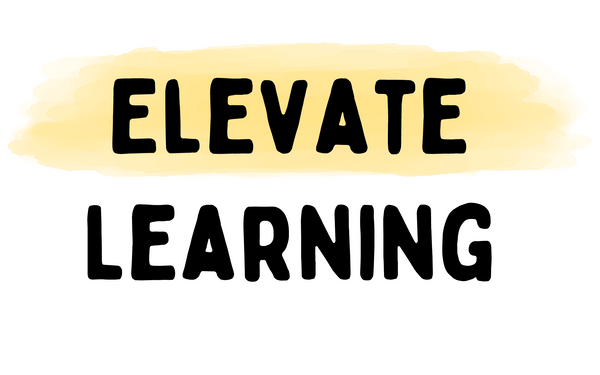FAQs
1. Grammar is taught in the context of writing. Students learn about grammar in order to use it in writing. Grammatical techniques are presented as tools for writing, not as random terms to memorize.
2. It complements what you are already learning. This is designed to bring high quality writing and language arts instruction to whatever you are already doing. This makes it more efficient. By combining your writing program with something you're studying in science, history, or literature, your school day is more streamlined.
3. You can use it in a way that makes sense for your family. Can you fit it in twice a week or five days a week? Do you want to work with your 7 year old and 10 year old together? SPROUTS can do that. You can use it for a season, put it away, and pull it back out next year when you are ready for more writing.
4. Mastery checkpoints are offered. Parents are given a clear set of items that their child should know before they are ready to move on. Practice activities are given, and parents practice with their child until their child is ready.
5. Students are taught HOW to write... not just told TO write. While some students seem to naturally pick up on writing, many students need explicit guidance on how to write. Reluctant writers, kids who call themselves a "bad writer", often just need a bit of guidance on how to write. These writing strategies work to give clear steps on how to eliminate the "I don't know what to write" situation that many parents encounter.
Students writing improves when they have something to write about! This program doesn't include writing topics. Instead, it pairs with whatever you are already learning about.
A writing strategy is an open-ended tool that helps students think of information, organize it, and then use that information to write sentences and paragraphs. A simple example that you probably have heard of before is a Venn Diagram. Students think about similarities and differences and organize them into the chart, which then supports them in writing about the similarities and differences.
Rather than broad requests like, "Add more details!" Students are taught about different techniques to add more detail and meaning to their writing.
This is a flexible writing program that you can use across several years until your child is ready to move on. You can begin as early as 1st of 2nd grade.
This is also a good starting point for a 5th or 6th grade relunctant writer.
You can also cover everything in one year if you follow a more rigorous schedule.
Lorem ipsum dolor sit amet, consectetur adipiscing elit. Integer nec odio. Praesent libero. Sed cursus ante dapibus diam. Sed nisi. Nulla quis sem at nibh elementum imperdiet.




